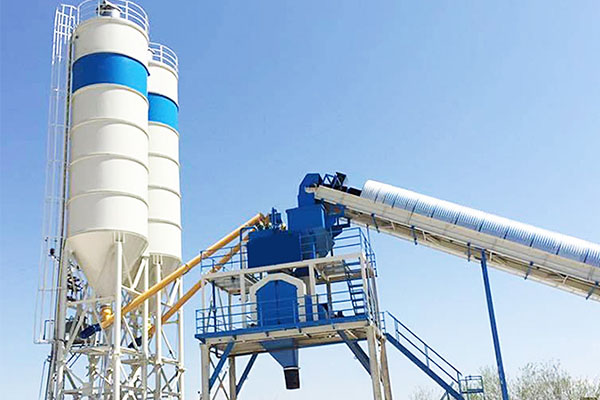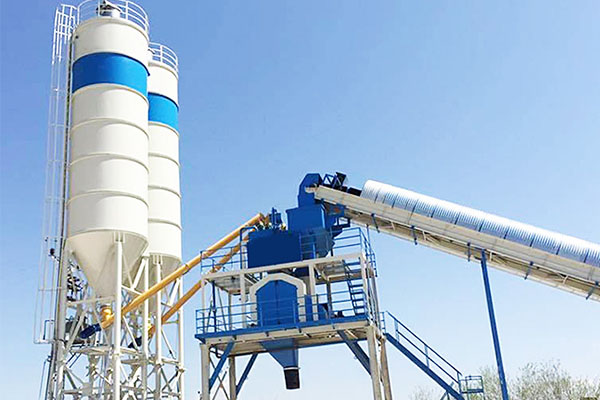How to reduce concrete batching plant cost? Many people may relate this question to price of a concrete plant they are about to buy, which is important, but the cost of a concrete batching plant involves more factors than that. Here let’s have a brief discussion about tips in saving your cost with a concrete batching plant.

First, you should have a full knowledge about models of concrete batching plants. There are singular mixer plants and twin-mixer plants. The latter are equipped with two concrete mixers that share other systems of a plant, and their yields double, too. The most popular models are 2hzs50 and 2hzs75. Singular models include hzs25, hzs35, hzs50, hzs60, hzs75, hzs90, hzs120 and hzs180. These are known as stationary concrete plants, and the unit for their capacity is cbm. For example, an hzs25 plant produce 25cbm concrete per hour. In addition to HZS and 2HZS series, there is YHZS, which means a mobile concrete batching plant. Models include yhzs25, yhzs35, yhzs50, yhzs60 and yhzs75. The numbers refer to capacities, too. Generally speaking, a mobile concrete batching plant cost is more than a stationary one, and a larger one costs more than a small one. Greedy as we are, we tend to purchase an item which seems to cost less than its value, yet its cost surpasses our budget and its extra functions are useless to us. Don’t do this with a concrete batching plant. Always pursuing what suits you best helps to save your time and money.
Second, it’s crucial to choose perfect devices, especially those for aggregate conveying and powder storage. These devices prove to be the most important in contribution to price gaps. For aggregate conveying, there are belt conveyors and bucket feeders. If your plant is not large, choosing a bucket feeder will save you a lot of money. For powder storage there are silos of 50 tons and 100 tons. Small plants are usually equipped with 50t silos to save cost.
Of course, purchasing cost is only a part of the cost of a concrete batching plant. An even important way to save cost lies in proper and regular maintenance, which will reduce failure rate of small parts. This not only save cost in replacing failed parts, but extend a plant’s service life and effective working hours that eventually impact your profit.
